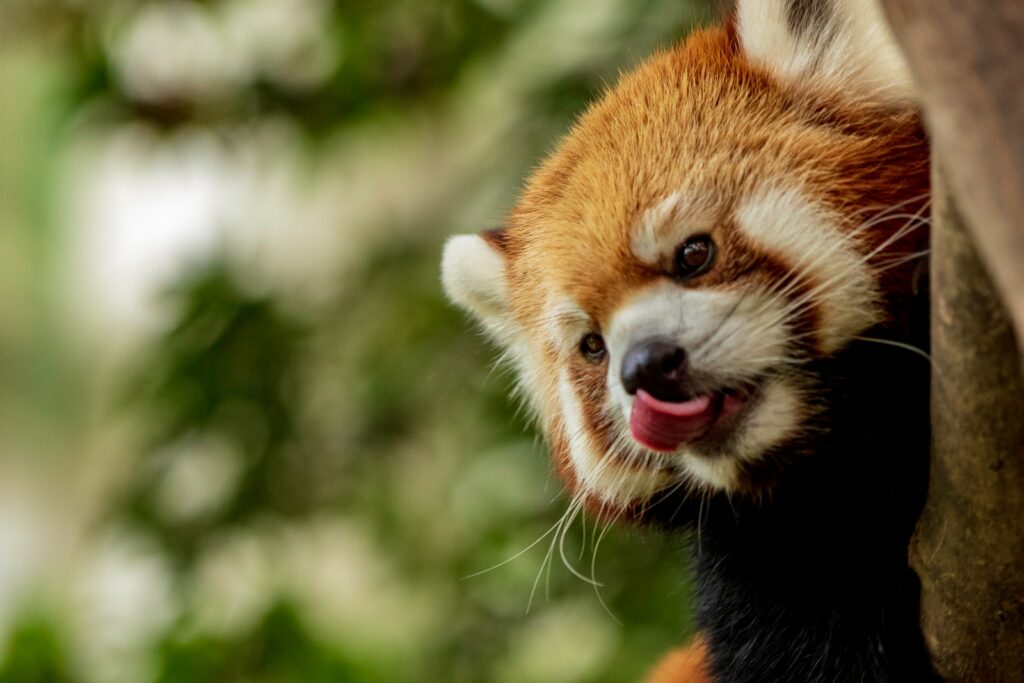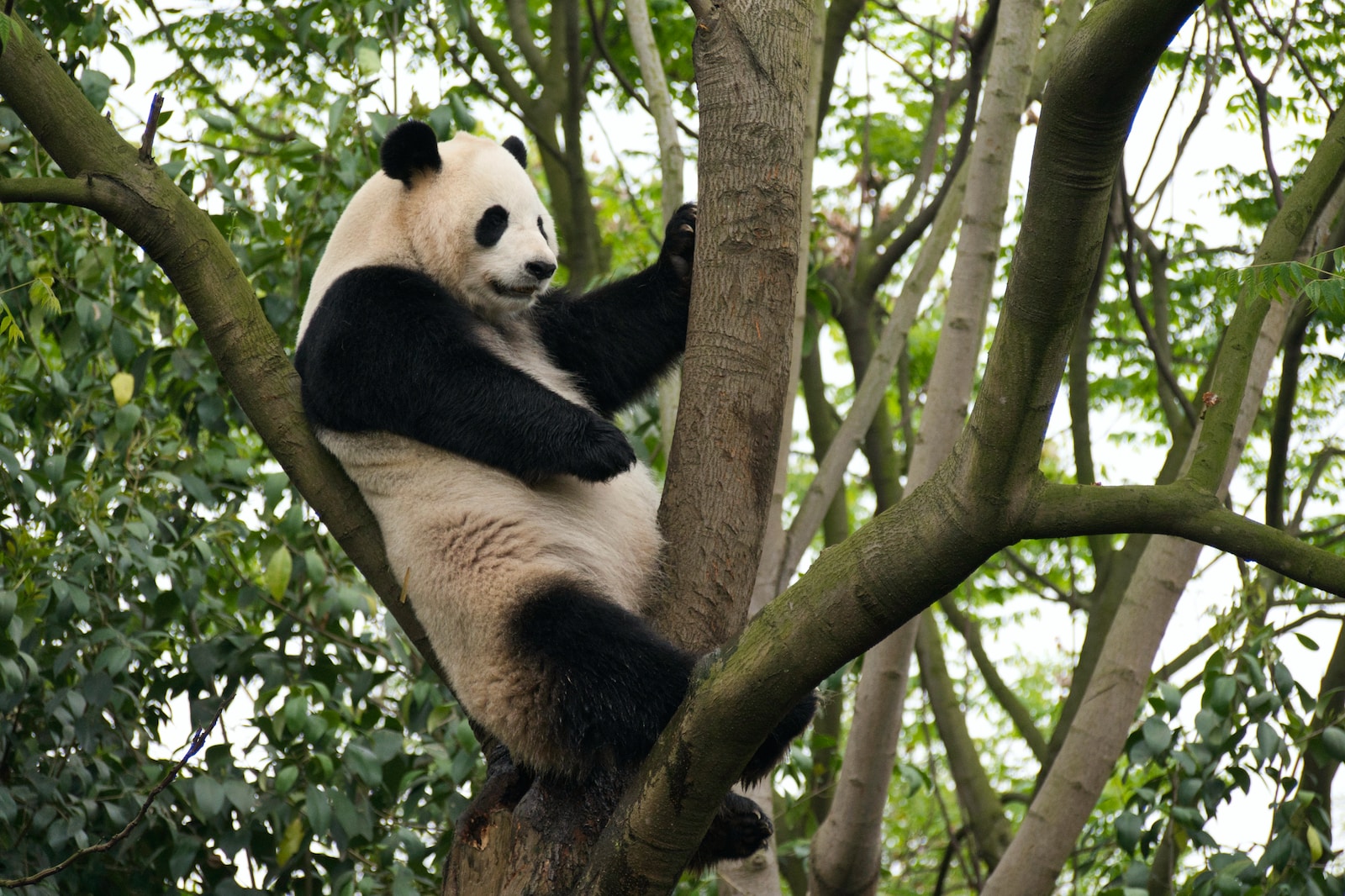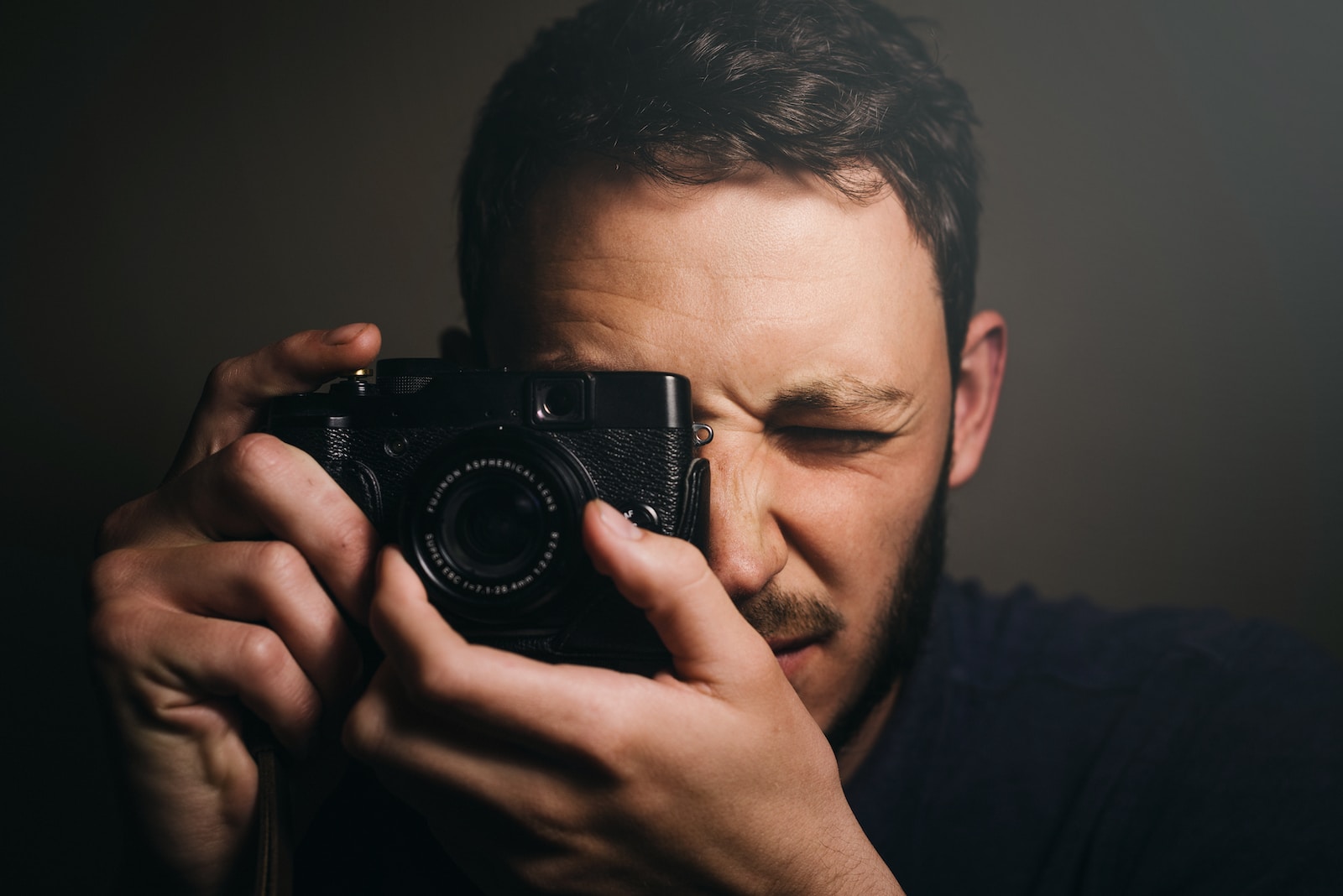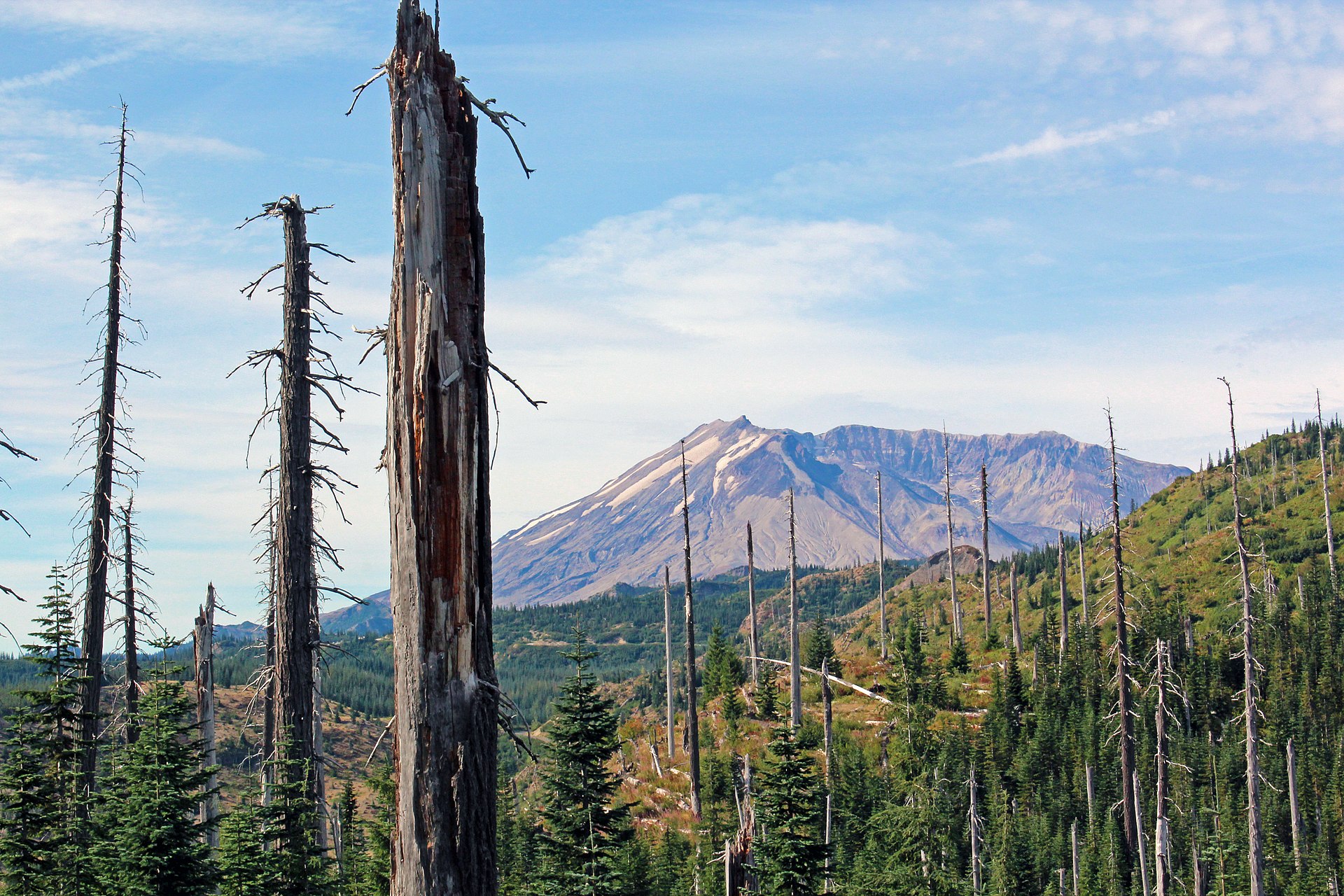Welcome to “Through the Zoologist’s Lens: Zoology Photography Tips” – the ultimate guide for capturing the mesmerizing beauty of animals in a zoo setting. Are you passionate about zoology, animals, and photography? If so, you’re in the right place! Join us as we delve into the intricacies of animal behavior and learn how to effectively use your camera to immortalize those captivating moments. Whether you’re a seasoned photographer or just starting out, these tips and tricks will help you take your zoology photography skills to the next level.
Table of Contents
- Zoology Photography: Capturing the Beauty of Animals
- Choosing the Right Camera and Equipment for Zoology Photography
- Timing is Key: Capture the Animals in their Best Light
- Frequently Asked Questions
- 1. How can I take better zoology photographs?
- 2. What camera settings should I use for zoology photography?
- 3. How can I achieve a shallow depth of field in zoology photography?
- 4. Are there any specific tips for photographing moving animals?
- 5. What composition techniques work well for zoology photography?
- 6. How can I photograph animals through glass without reflections?
- 7. Are there any ethical considerations to keep in mind when photographing animals in zoos?
- Wrap Up
Zoology Photography: Capturing the Beauty of Animals
When it comes to zoology photography, there is no shortage of fascinating subjects to capture. From majestic big cats to colorful birds and exotic reptiles, the animal kingdom offers endless opportunities for stunning photographs. In this guide, we will explore some of the most interesting features of animals and provide tips on how to capture their unique beauty through the lens.
Showcasing Animal Behavior
One of the most captivating aspects of zoology photography is the ability to capture animals in their natural behavior. Whether it’s a lioness on the prowl or a group of monkeys playing, showcasing these behaviors adds depth and narrative to your photographs. Patience is key when photographing behavior, as you might have to wait for the perfect moment. Be prepared and keep your camera settings ready to capture those split-second actions.
Furthermore, try to anticipate the animal’s movements by observing their behavior closely. This will allow you to position yourself in a way that maximizes your chances of capturing that perfect shot. Remember to focus on the animal’s eyes, as they are often the window to their soul and can convey a powerful emotion or connection.
Exploring Unique Animal Features
Animals possess a wide array of unique features that make for captivating photographs. Whether it’s the intricate patterns on a butterfly’s wings or the vibrant plumage of a tropical bird, these characteristics provide ample opportunities for creative and visually stunning images.
Macro photography is particularly well-suited for capturing the intricate details of smaller animals and their features. Use a macro lens or extension tubes to get up close and personal with your subject. Experiment with different angles and perspectives to highlight the intricate details that might otherwise go unnoticed.
Additionally, consider using a shallow depth of field to isolate the subject from the background and create a visually pleasing bokeh effect. This technique works especially well when photographing animals with busy or distracting backgrounds.
Lastly, don’t be afraid to experiment with different lighting conditions. Backlighting, for example, can create a mesmerizing halo effect around your subject, while side lighting can accentuate textures and details.
Did you know that zoology is the study of animals, covering everything from their behavior and anatomy to their evolutionary history? Zoologists play a vital role in helping us understand and appreciate the incredible diversity of life on Earth.
Choosing the Right Camera and Equipment for Zoology Photography
1. Camera Options for Zoology Photography
When it comes to capturing the unique beauty of animals in a zoo setting, choosing the right camera is crucial. While there are various options available, it’s important to consider certain factors to ensure you get the best results.
One popular camera option for zoology photography is a DSLR (Digital Single-Lens Reflex) camera. These cameras offer great image quality, versatility, and the ability to change lenses. With a DSLR, you can capture detailed shots of animals and have more control over settings such as exposure and focus.
Another option is a mirrorless camera, which is becoming increasingly popular among photographers. Mirrorless cameras are more compact and lightweight compared to DSLRs, making them easier to carry around. They also offer excellent image quality and advanced features such as fast autofocus and high-speed continuous shooting.
Regardless of the camera type, look for features like a high megapixel count to capture intricate details, a good ISO range for low-light conditions, and a fast burst rate for capturing fast-moving animals.
2. Essential Lenses for Zoology Photography
Once you have the right camera, selecting the appropriate lens is essential for capturing stunning zoology photographs. Here are a few lens options to consider:
- Zoom Lens: A zoom lens provides versatility, allowing you to capture animals from a distance or get up close for detailed shots. It offers the flexibility to adjust the focal length, making it suitable for various situations within a zoo.
- Telephoto Lens: A telephoto lens is ideal for capturing clear and detailed close-up shots of animals that are further away. With its long focal length, you can achieve impressive magnification and capture small details that might be missed with other lenses.
- Macro Lens: If you want to capture the intricate details of animals, such as tiny insects or the texture of reptile skin, a macro lens is a must-have. It allows you to focus at close distances and capture incredibly sharp and detailed images.
- Wide-Angle Lens: While not as commonly used in zoology photography, a wide-angle lens can be useful for capturing habitat shots or group photos of animals. It enables you to capture a broader perspective and add context to your images.
Consider your shooting preferences and the type of animals you want to photograph when deciding on lens options. Remember, the lens you choose greatly impacts the composition, depth of field, and overall quality of your photographs.
With the right camera and lenses, you’ll be well-equipped to capture the captivating world of zoology through your lens. Experiment with different combinations to achieve the desired effect and always be prepared to adapt to changing conditions when photographing animals in a zoo setting.

Timing is Key: Capture the Animals in their Best Light
When it comes to zoology photography, timing is everything. To capture animals in their most vibrant and active state, it’s essential to plan your visits during the best time of day. Early mornings and late afternoons are generally ideal as the light during these times is soft and warm, casting a beautiful glow on the animals.
Early mornings provide a unique opportunity to capture animals at their most active, as they are typically more energetic after a night of rest. This is especially true for species that are nocturnal or semi-nocturnal. As the sun starts to rise, you can capture stunning shots of animals engaging in their morning routines – from playful interactions to grooming sessions.
Late afternoons, on the other hand, offer the advantage of softer shadows and a golden hour that adds a magical touch to your photographs. Many animals tend to be more relaxed during this time, allowing you to capture them in serene and captivating moments.
Choose the Perfect Vantage Points and Position Yourself for Success
To truly capture the unique beauty and essence of the animals, it’s crucial to choose the right vantage points and position yourself strategically. Here are a few options to consider:
- Elevated Platforms: Many zoos provide elevated platforms strategically placed for visitors to enjoy a bird’s-eye view of the animals’ enclosures. These platforms offer a unique perspective, allowing you to capture shots from above, showcasing the animals in their environment from an angle not often seen.
- Observation Areas: Most zoos have designated observation areas equipped with viewing points. These areas are ideal for capturing close-ups and detailed shots of animals. When photographing through glass enclosures, be mindful of reflections and use a lens hood to minimize them.
- Enclosure Corners: Animals often have favorite spots within their enclosures where they spend a significant amount of time. Observe their behavior and identify these spots. Positioning yourself near these corners allows you to capture natural interactions, and by using a telephoto lens, you can zoom in and focus on the animal’s expressions and unique features.
- Animal Enrichment Zones: Zoos incorporate various enrichment areas where animals engage in activities designed to stimulate their natural behaviors. These zones offer excellent opportunities for dynamic and action-packed shots. Position yourself strategically to capture the animals in motion, and use burst mode to increase your chances of capturing that perfect moment.
Remember, patience is key when it comes to zoology photography. Take the time to observe the animals and their habits to anticipate their movements, ensuring you’re in the right place at the right time. Don’t be afraid to experiment with different vantage points and positions to capture truly awe-inspiring shots that tell a compelling story.
By understanding the best time to visit and choosing the right vantage points, you’ll be well on your way to capturing breathtaking zoology photographs that will leave a lasting impression on your viewers. So grab your camera, embrace your inner zoologist, and embark on a journey to document the incredible beauty of the animal kingdom!
One helpful photography tip for capturing the unique beauty of animals in a zoo setting is to use a telephoto lens. This will allow you to get close-up shots without disturbing the animals. Additionally, using a wide aperture can help blur the background, putting the focus solely on the captivating creature in your photo.
Frequently Asked Questions
1. How can I take better zoology photographs?
To capture better zoology photographs, it’s essential to have the right equipment. Invest in a good camera with a telephoto lens to capture animals from a distance. Additionally, learn about animal behavior to anticipate their movements and capture them in their natural habitats. Experiment with different angles, lighting, and compositions to create stunning images.
2. What camera settings should I use for zoology photography?
For zoology photography, it’s recommended to use a fast shutter speed to freeze the animals’ movements. Start with a shutter speed of at least 1/500th of a second and adjust accordingly. Use a higher ISO to compensate for low light conditions, but be cautious not to introduce too much noise. Set your camera to continuous shooting mode to capture multiple frames and increase your chances of getting a perfect shot.
3. How can I achieve a shallow depth of field in zoology photography?
To achieve a shallow depth of field in zoology photography, use a wide aperture (small f-number) like f/2.8 or f/4. This will create a blur effect in the background, allowing the main subject to stand out. Experiment with different focal lengths and distances from your subject to control the depth of field and create artistic bokeh.
4. Are there any specific tips for photographing moving animals?
When photographing moving animals, it’s crucial to use a fast autofocus mode and continuous focus tracking. Set your camera to AI Servo (Canon) or AF-C (Nikon) to track the animal’s movement and keep it in focus. Anticipate the animal’s actions and use burst mode to capture a series of shots, increasing the chances of capturing a perfectly timed image.
5. What composition techniques work well for zoology photography?
In zoology photography, apply the rule of thirds by placing your animal subject off-center for a more visually appealing composition. Pay attention to the animal’s eyes and try to capture them in sharp focus. Experiment with different vantage points and perspectives to add depth and interest to your shots. Don’t be afraid to try unconventional compositions to create unique and captivating images.
6. How can I photograph animals through glass without reflections?
When photographing animals through glass, it’s essential to minimize reflections. To reduce reflections, position your camera lens as close to the glass as possible. Use a lens hood or your hand to shield the lens from direct light sources. Alternatively, find areas with less glass distortion or shooting angles to minimize unwanted reflections. You can also use a polarizing filter to reduce reflections and increase color saturation.
7. Are there any ethical considerations to keep in mind when photographing animals in zoos?
Yes, there are ethical considerations when photographing animals in zoos. Respect the animals’ well-being by not disturbing them or causing stress. Observe them from a distance to avoid trespassing their personal space. Be mindful of flash photography, as it can startle or harm sensitive animals. Always follow the rules and guidelines set by the zoo management to ensure the safety and welfare of both animals and visitors.
Wrap Up
Through the Zoologist’s Lens: Zoology Photography Tips has equipped you with valuable insights on capturing the unique beauty of animals in a zoo setting. Armed with your camera and newfound knowledge, you are ready to start exploring the fascinating world of zoology photography.
Remember to practice patience and observe the animals’ behavior to capture their most authentic moments. Experiment with different angles, lighting, and settings to create stunning and captivating images.
We hope these tips have inspired you to embark on your own zoology photography journey. Don’t forget to share your experiences and photographs in the comments below. We would love to hear about your adventures and see your amazing shots. Happy shooting!
Tags: Zoology, Animals, Photography, Camera, Tips


